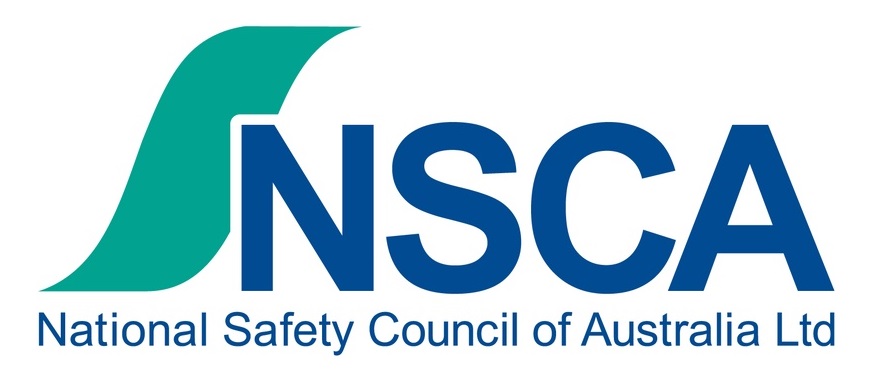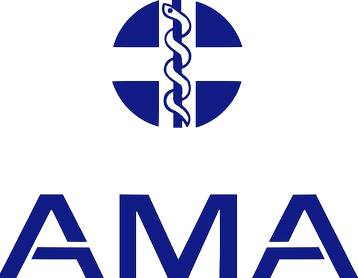Welcome to our medical services to onsite and at our dedicated clinics assessments for powder coating workers, aimed at ensuring compliance with the Safe Work Australia Code of Practice.
Book in your Hazardous Substance Medicals today by contacting our medical reception nationally on 1300 880 804, simply CLICK HERE to get in touch with our team, or fill out the contact form at the bottom of this page, and we will assist you promptly.
Health monitoring, as outlined in WHS Regulation 368, plays a pivotal role in identifying and mitigating risks associated with exposure to hazardous chemicals.
By adhering to these regulations, employers fulfill their obligations towards employee safety and regulatory compliance.






Powder coating products entail health risks, including respiratory issues, skin irritation, and sensitisation. Workers are susceptible to these hazards through skin contact and inhalation of airborne particles. Components like TGIC, TMA, and lead chromate-based pigments exacerbate these risks. Our medical assessments focus on identifying potential health effects and ensuring workers’ well-being.
Our onsite medical assessments for powder coating workers are tailored to meet the specific needs of each workplace. These assessments include:
Health monitoring, also known as health surveillance, is a crucial practice aimed at ensuring the well-being of workers exposed to hazardous chemicals, metal fumes, silica, or asbestos in their workplace environment. This proactive approach involves the continuous monitoring of workers’ health status by experienced doctors to detect any changes or adverse effects resulting from occupational exposure.
Why is Health Monitoring Important?
Exposure to hazardous substances poses significant risks to workers’ health, including respiratory issues, cancer, and long-term health complications on body organs. Health monitoring allows early detection of any health effects associated with exposure, enabling timely intervention and the implementation of necessary control measures to mitigate risks.
Our Specialist Team is Here to Help
If you have concerns or questions about workplace exposure to hazardous substances, our Specialist Services Team at Employees Health is here to assist you. Our team of experts is available to discuss your concerns and provide guidance on health monitoring protocols tailored to your specific workplace environment.
Considerations for Choosing the Best Monitoring Methods
Our experienced health monitoring doctors carefully assess several factors to determine the most suitable monitoring approach for your workers:
Don’t hesitate to reach out to our Specialist Services Team if you need assistance or guidance regarding workplace exposure. We’re committed to ensuring the health and safety of your workforce and are here to support you every step of the way.
Your workers’ health and well-being are our top priority.
Our onsite and at our dedicated clinics medical assessments for powder coating workers play a crucial role in ensuring compliance with Safe Work Australia regulations and safeguarding employee health. By providing comprehensive medical evaluations and guidance, we help employers create safer work environments and mitigate health hazards associated with powder coating operations. Together, we work towards promoting a healthier and safer workplace for all employees involved in powder coating processes.